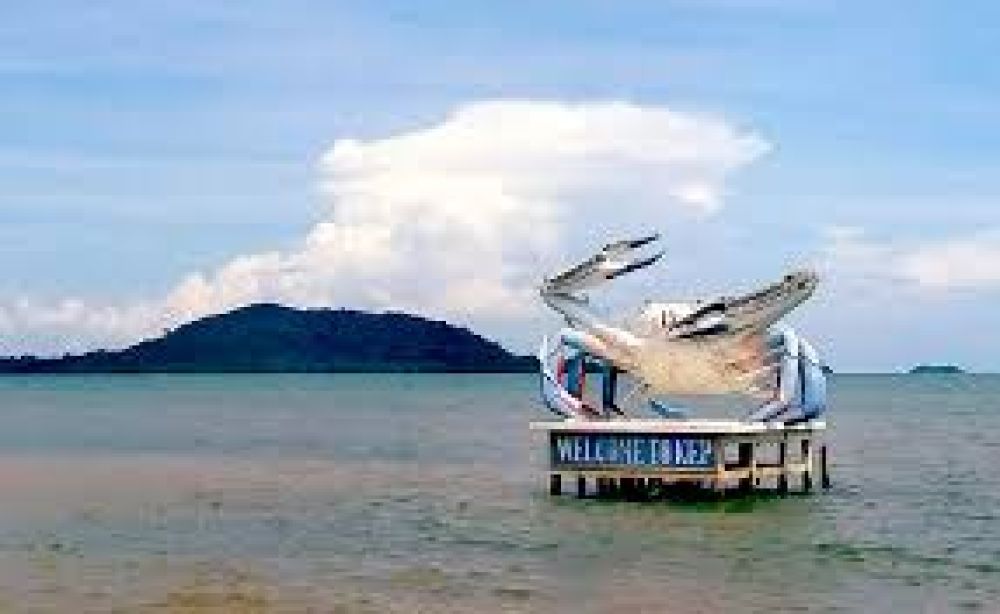

The serene coastal town of Kep, with its charming Kep Beach, has a rich history that adds to its allure as a tourist destination. Once a sleepy fishing village, Kep evolved over time to become a fashionable retreat for the French elite during the colonial era. The remnants of this opulent past can still be seen in the overgrown ruins of the mansions that dot the landscape.
In the early 1900s, the French colonials discovered the potential of Kep as a leisure destination. By the 1960s, it had transformed into the Riviera of Cambodia, attracting the country's wealthy and elite, including the former King Norodom Sihanouk, who built a residence here. It was renowned for its seafood, particularly the famous Kep crab, and its tranquil, pristine waters.
However, the area’s prosperity came to a halt during the Khmer Rouge regime, and Kep fell into disrepair. For years, the area was largely forgotten, a ghost town with reminders of its past grandeur.
It wasn’t until the late 1990s and early 2000s that Kep began to see a resurgence in interest as a tourist destination. Restoration efforts and an increasing desire for eco-tourism breathed life back into the town. Kep Beach was cleaned up, and the community started to rebuild.
Today, Kep is once again gaining popularity, known for its laid-back atmosphere and natural beauty. It is an emerging destination for those seeking a quiet beach getaway and is also popular among expatriates living in Cambodia. Visitors are drawn to Kep National Park for its hiking opportunities and the chance to observe a variety of wildlife.
The tourism in Kep is increasingly focused on sustainability, with many local businesses and tour operators emphasizing responsible tourism practices. There is also a growing trend for visitors to engage in community-based tourism, providing a deeper cultural experience and benefiting the local population.
Kep continues its legacy as an enchanting coastal town, merging its rich history with a contemporary focus on conservation and sustainable tourism. It's a must-visit for those who want a blend of history, natural beauty, and tranquility.